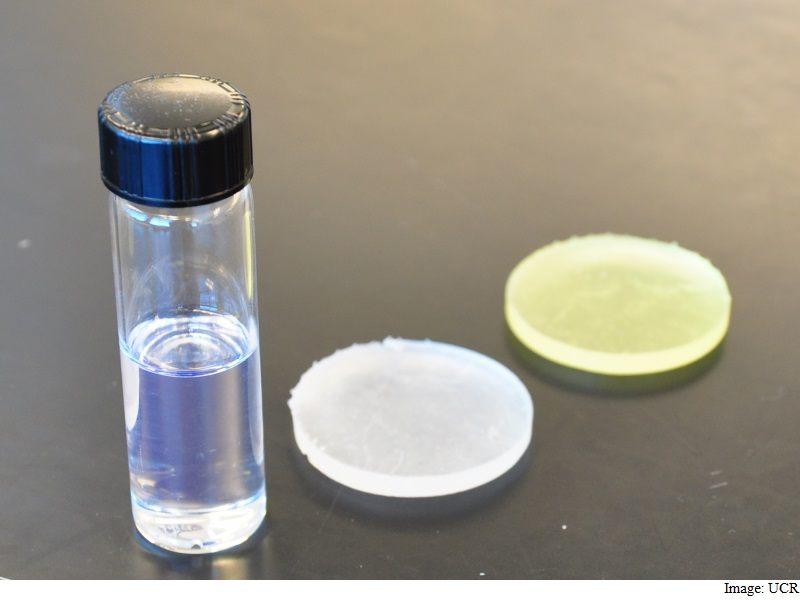
They may appear fancy but some objects produced by commercial 3D printers could be toxic to our health and environment, suggests new research.
"These 3D printers are like tiny factories in a box," said William Grover, assistant professor of bioengineering in Bourns College of Engineering at University of California - Riverside, US.
"We regulate factories. We would never bring one into our home. Yet, we are starting to bring these 3D printers into our homes like they are toasters," Grover noted.
The researchers studied two common types of 3D printers: one that melts plastic to build a part, and another that uses light to turn a liquid into a solid part.
They found that parts from both types of printers were measurably toxic to zebrafish embryos, and parts from the liquid-based printer were the most toxic.
The research comes as the popularity of 3D printers is soaring.
The value of the 3D printing market grew from $288 million (roughly Rs. 1,895 crores) in 2012 to $2.5 billion (roughly Rs. 16,451 crores) in 2013 and is projected to grow to $16.2 billion (roughly Rs. 1,06,629 crores) by 2018, according to a report by global market analysis firm Canalys.
And, as the price of 3D printers continues to drop -printers that use melted plastic are currently available for as little as $200 (roughly Rs. 13,000), and the liquid-based printer used in this study can be bought for less than $3,000 (roughly Rs. 1,98,000) - they are moving beyond industry and research labs to homes and small businesses, the study pointed out.
While the embryos exposed to parts from the plastic-melting printer had slightly decreased average survival rates compared to control embryos, the embryos exposed to parts from the liquid-resin printer had significantly decreased survival rates, with more than half of the embryos dead by day three and all dead by day seven.
And of the few zebrafish embryos that hatched after exposure to parts from the liquid-resin printer, 100 percent of the hatchlings had developmental abnormalities.
The results raise questions about how to dispose of parts and waste materials from 3D printers.
The findings appeared in the Environmental Science & Technology Letters.
